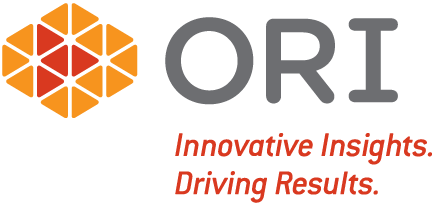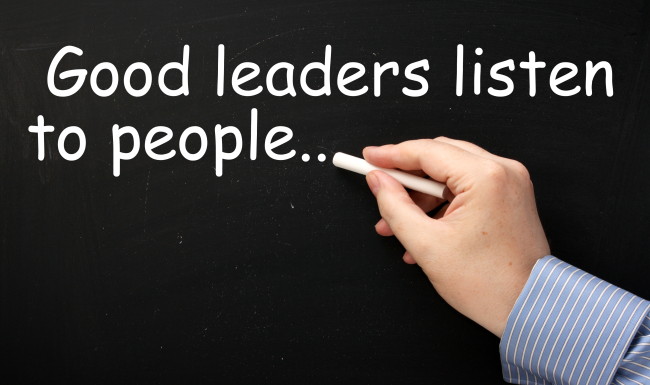The Shifting Dynamic of Customer Interactions
Ensuring that your organization provides great customer interactions involves meeting your customers where they are.
Customer interactions used to mean (not that long ago) that you phoned customers to get their opinions—and they would answer that call. You wrote letters to your client base to announce changes in product or service offerings. You worked on the assumption that if your customers were fundamentally unhappy, the Customer Support department would be receiving that information directly. It only takes a few minutes of thinking about how you spend the majority of your day to recognize that times have changed.
Let’s face it, we all screen calls, we assume questions about product and service offerings can be answered by a Google search, and we share our opinions about our experiences with these offerings online for the world to see. All of these changes underscore the importance of revisiting some of your “tried and true” approaches to monitoring customer experience by asking yourself two basic questions:
- Are we listening for customer feedback where customers are most likely offering it?
- When we solicit feedback directly, how creative are we in the tools/techniques we use?
In terms of customer “listening posts,” turn first to your internal team. Think about all of the employees in your organization who provide customer interactions. They’ve got their fingers on the collective pulse of your customers, and they are great resources for relaying both success stories and possible pain points. Examine your internal systems for collecting that information. How often do you ask employees to share their customer insights? What do you do with that information once you gather it?
Revisiting Social Media
People are sharing more online, and it goes beyond the comment feeds and reviews of products/services. Customers share new ideas, challenges they face, and competitors they are considering. Be sure you know how and where to listen. There is little that people will not share online anymore. In fact, the privacy concerns that in the past would have limited what people posted online have reduced dramatically over the past decade.
As just one example, our 2012 Social Election Survey revealed how engaged people were in social media across age group, gender, and education level when it came to the election as well as their willingness to share their political beliefs in an open online forum. In that study (conducted in partnership with the Graduate School of Political Management, George Washington University), we found that 67% said they engaged in at least one social media activity related to the candidates or issues, and 39% of the respondents were willing to use social media to debate or discuss political issues.
While new purchases of goods and services are not the same as choosing your next elected representative, the behavioral trend is the point worth noting. Our customers are online all the time, telling us exactly what they think even on topics that used to be considered private. Imagine the wealth of information you can gain if you meet your customers where they are—and if you collect feedback from them. In our next blog post, we discuss the tools and techniques you can use to solicit that feedback directly from your customers.












